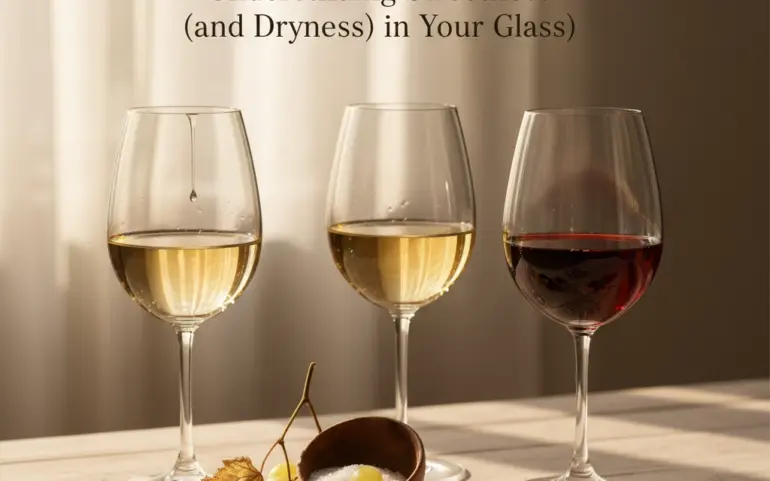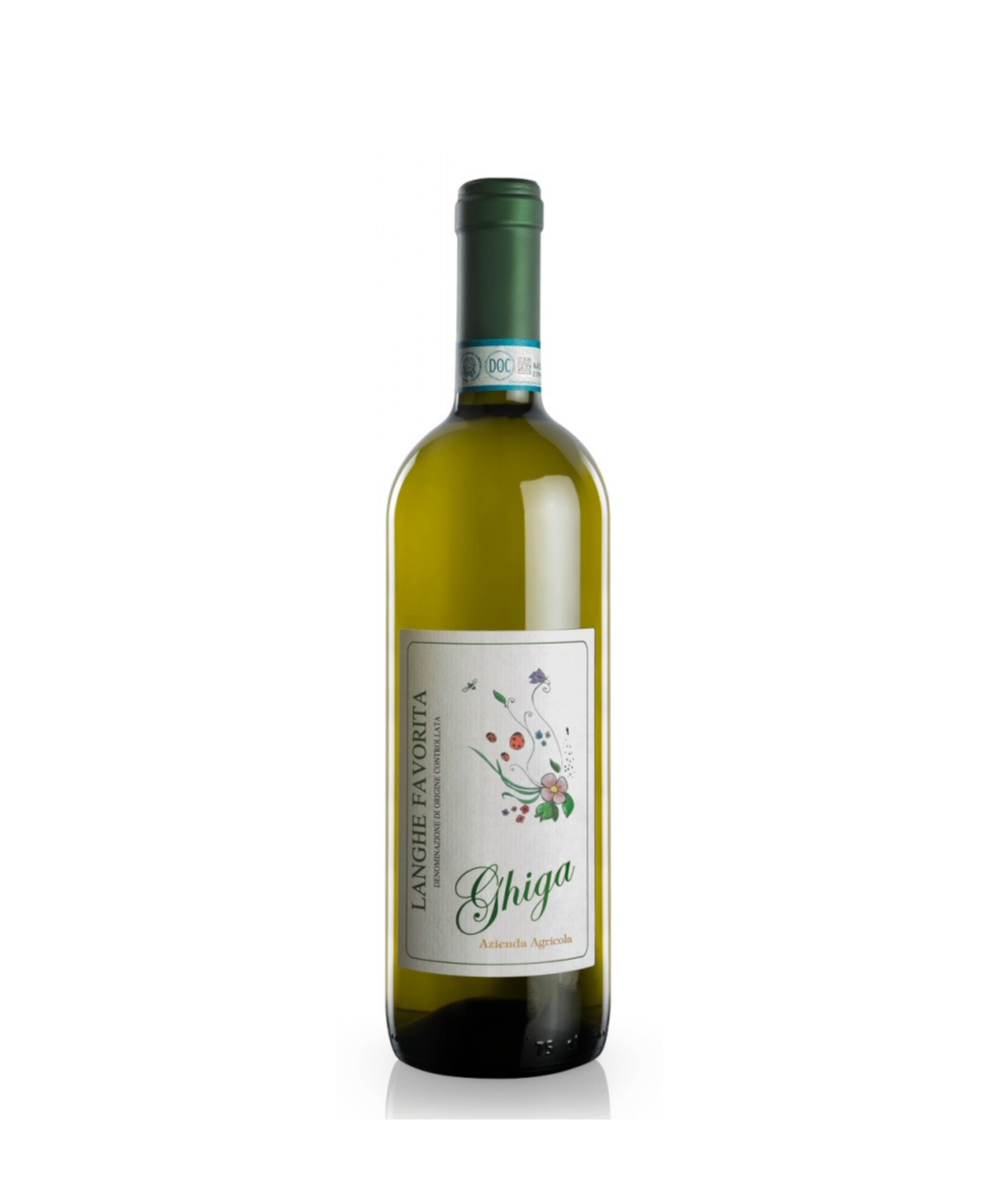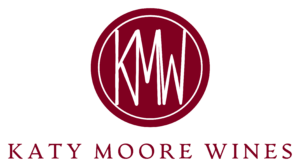Ever wondered why some wines taste bone dry while others feel lusciously sweet? Or why that Riesling with obvious sweetness still feels perfectly balanced and refreshing? The answer lies in understanding sugar in wine: and it’s more fascinating than you might think.
Sugar in wine isn’t just about sweetness. It’s a complex dance between residual sugars, acidity, alcohol, and tannins that creates the final taste experience in your glass. Let’s dive into this essential element that shapes every sip you take.
What Is Residual Sugar?
Residual sugar (RS) is simply the natural grape sugars that remain after fermentation wraps up. Think of it as the leftover sweetness that yeast didn’t consume during the winemaking process.
Here’s where it gets interesting: sugar starts its journey in the vineyard as sucrose in the grapevines. As grapes ripen, this sucrose breaks down into equal parts glucose and fructose. During fermentation, yeast has a preference: it gobbles up glucose first, often leaving behind fructose, which happens to taste much sweeter than glucose.
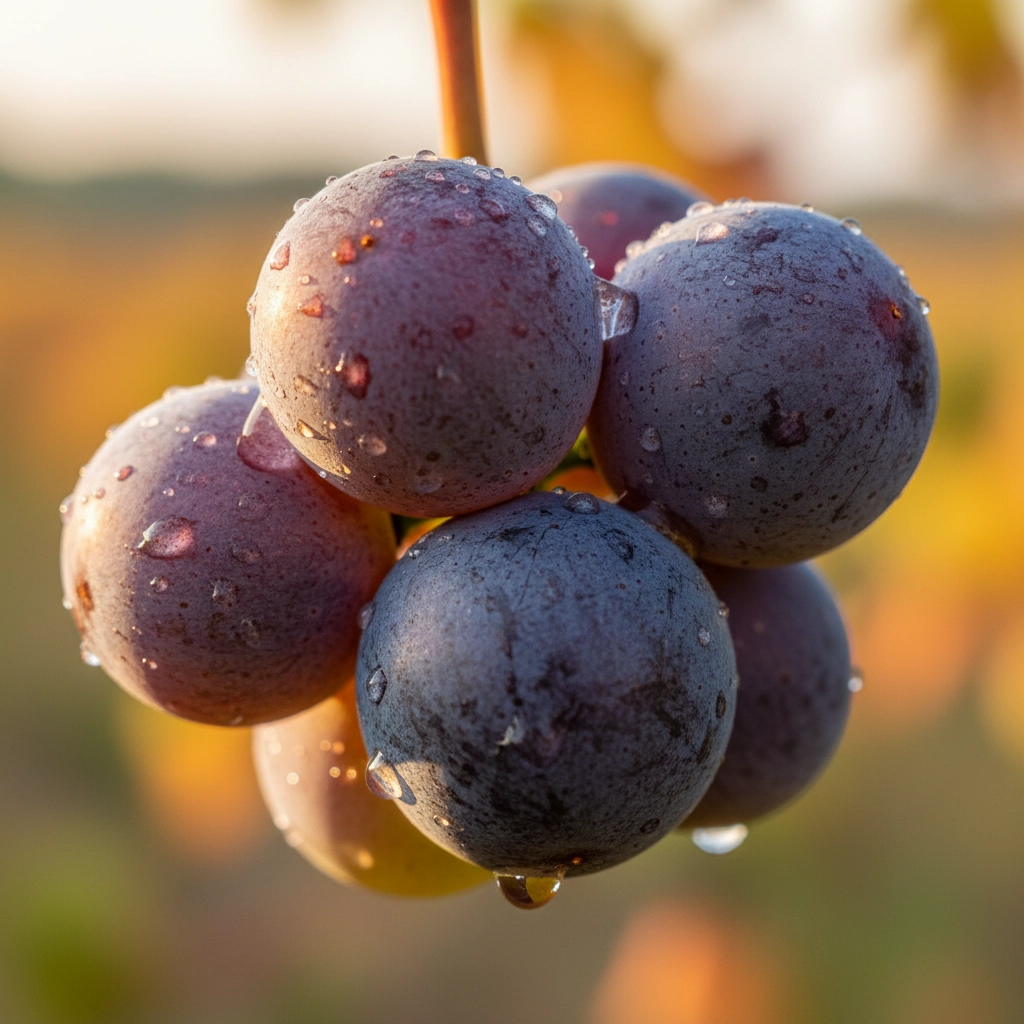
Residual sugar is measured in grams per liter (g/L) or as a percentage. To put this in perspective, a wine with 0.2% residual sugar contains about two grams of sugar per liter: roughly 1/4 ounce in an entire gallon. That might sound like a lot, but in wine terms, that’s actually quite dry.
The Sweetness Scale: From Bone Dry to Dessert Wine
Understanding wine sweetness classifications helps you navigate wine selections with confidence. Here’s how the sweetness spectrum breaks down:
Bone Dry wines contain almost no residual sugar: typically less than 1 gram per liter. These wines have undergone nearly complete fermentation, with yeast consuming virtually all available sugars. Most Sauvignon Blancs and many Pinot Grigio fall into this category.
Dry wines contain no more than 10-20 grams per liter of residual sugar, staying well below 1% and typically ranging from 0.2-0.3%. The vast majority of table wines you encounter fall into this category, including most Chardonnays, Cabernet Sauvignons, and Pinot Noirs.
Semi-Sweet wines step up to about 20-75 grams per liter of residual sugar. Off-dry wines generally range from 1.0-5.0%, offering noticeable sweetness that’s still balanced and food-friendly. Many German Rieslings and some Chenin Blancs live in this sweet spot.
Sweet and Very Sweet wines are usually dessert wines with over 75 grams per liter of residual sugar, reaching 7-9% and sometimes extending to 15% for ultra-premium dessert wines. Think late-harvest wines, ice wines, and fortified wines like Port.
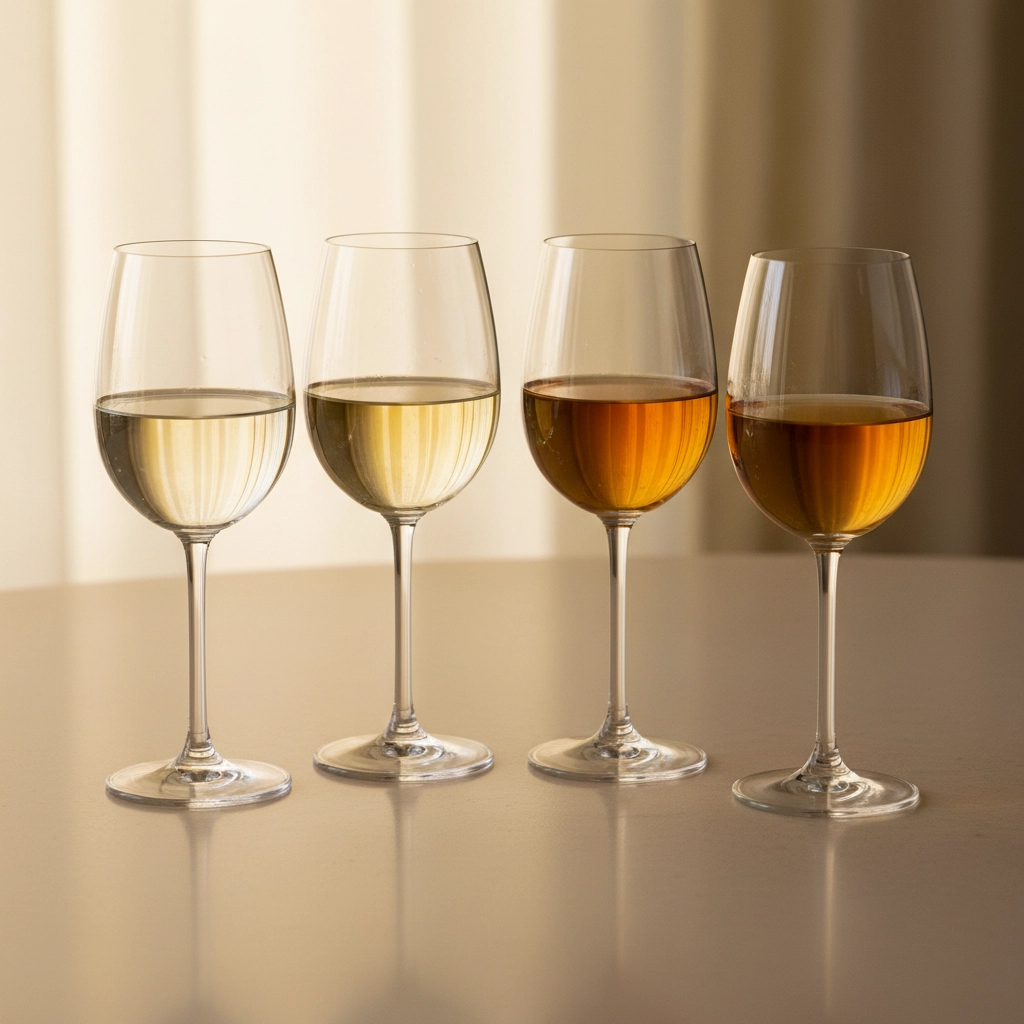
The Balancing Act: Why Sugar Isn’t Everything
Here’s where wine gets wonderfully complex: sweetness perception isn’t just about sugar content. Several other elements influence how sweet or dry a wine tastes on your palate.
Acidity acts as sweetness’s perfect counterbalance. High-acid wines can taste much drier than their actual sugar content suggests because acidity creates a crisp, mouth-watering sensation that counteracts sweetness. This explains why a German Riesling with noticeable residual sugar can still taste vibrant and refreshing rather than cloying.
Alcohol content also plays a role in sweetness perception. Higher alcohol levels enhance the feeling of richness and can make wines seem sweeter, even when they’re technically dry. Fuller-bodied wines like Viognier or Gewürztraminer often feel slightly sweeter due to their alcohol content and rich texture, not actual sugar.
Tannins create a drying effect that makes wines feel less sweet than they actually are. Those fruit-forward reds like Merlot or Malbec might not taste sweet despite their ripe, jammy flavors because tannins provide that characteristic drying sensation that balances the fruit.
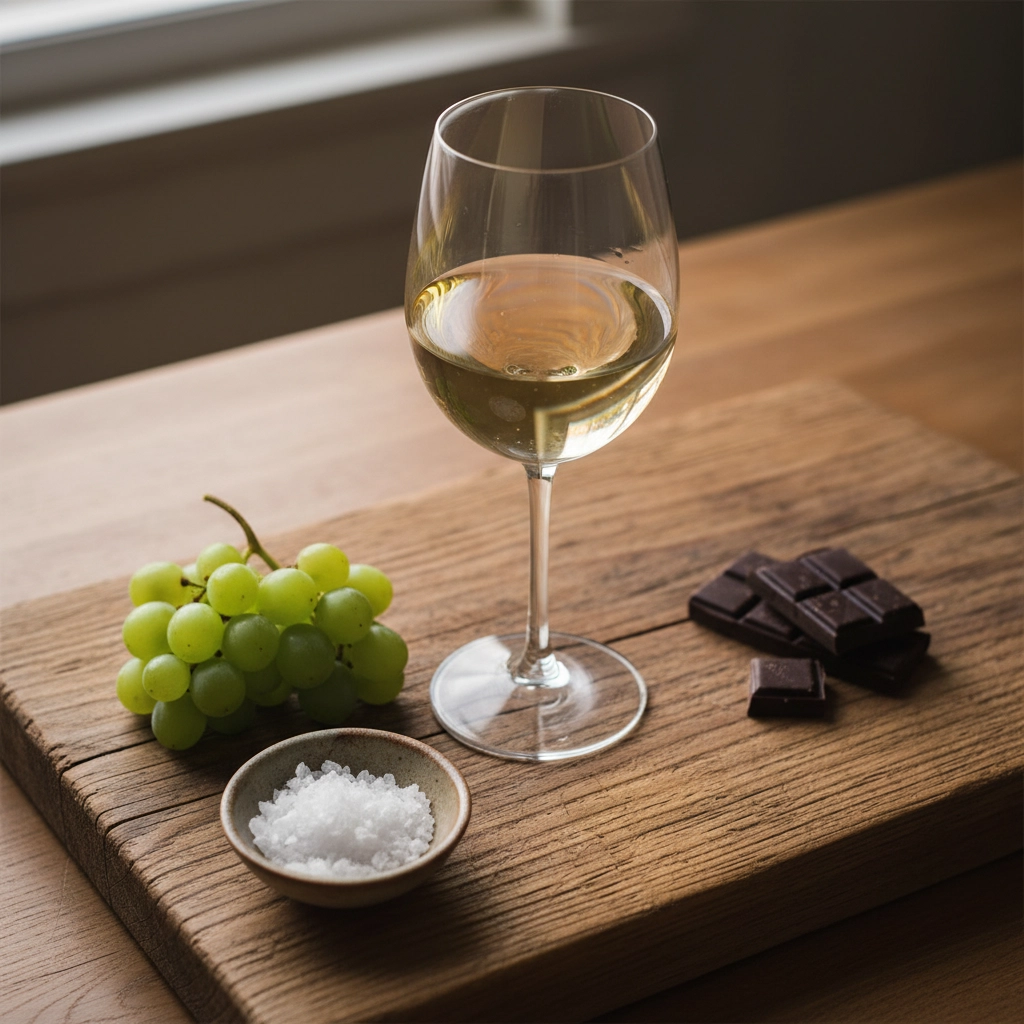
How Winemakers Control Sugar Levels
Understanding how residual sugar levels are achieved helps demystify wine production. Winemakers have several tools at their disposal:
Fermentation control is the primary method. By stopping fermentation before yeast consumes all the sugar: through temperature control, filtering out yeast, or adding sulfur dioxide: winemakers can retain desired sugar levels.
Grape selection matters enormously. Grapes picked earlier in the season have less sugar, while late-harvest grapes accumulate higher sugar levels that may not fully ferment.
Blending allows winemakers to fine-tune sweetness by combining wines with different residual sugar levels, creating the perfect balance for their intended style.
Some premium dessert wines achieve sweetness through natural concentration: think ice wines where frozen grapes are pressed to concentrate sugars, or late-harvest wines where grapes naturally dehydrate on the vine.
Reading Between the Lines: How to Detect Sugar Levels
Learning to identify residual sugar levels develops your palate and enhances your wine enjoyment. Here are some practical tips:
Look for textural clues. Sweet wines often feel more viscous or coating in your mouth. Dry wines feel lighter and more refreshing.
Notice the finish. Sweet wines tend to have lingering flavors, while dry wines finish clean and crisp.
Pay attention to fruit character. While not always indicative of actual sugar, wines with very ripe fruit flavors often contain some residual sugar.
Check the label. Some regions provide helpful indicators: German wines use terms like “trocken” (dry) or “lieblich” (semi-sweet), while many New World producers include tech sheets with exact residual sugar measurements.
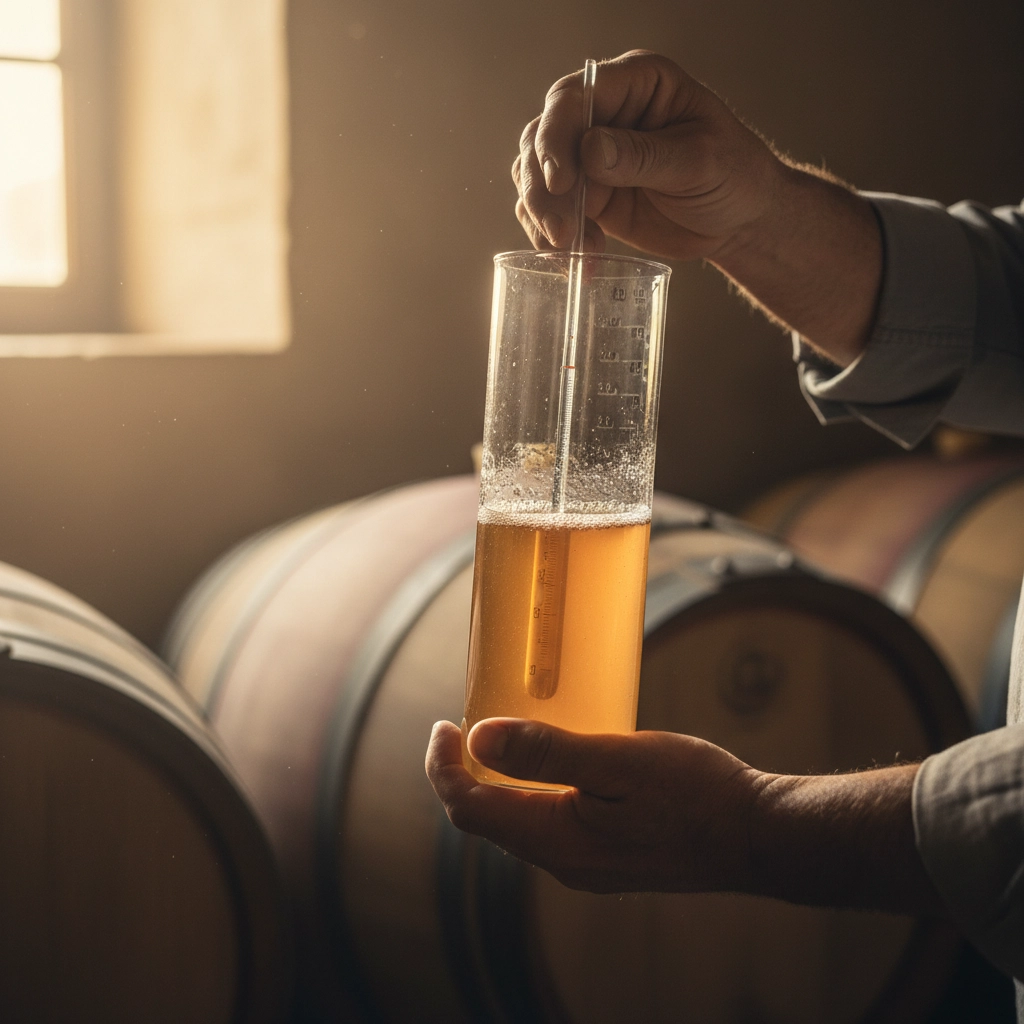
Food Pairing Considerations
Understanding sugar levels transforms your food pairing game. Dry wines typically pair best with savory dishes, while their crisp acidity cuts through rich foods beautifully. Semi-sweet wines work magic with spicy cuisines: the residual sugar tames heat while acidity keeps things balanced.
Sweet wines aren’t just for dessert. They can complement rich pâtés, blue cheeses, or even savory dishes with sweet elements like glazed ham or duck à l’orange.
The Stability Factor
Here’s a technical tidbit that affects wine quality: wines with significant residual sugar need careful handling to prevent unwanted refermentation in the bottle. Winemakers use various stabilization methods, including sterile filtration and sulfur dioxide additions, to ensure your wine remains stable and delicious from bottling to your glass.
Discovering Your Sweet Spot
The beauty of understanding sugar in wine lies in discovering your personal preferences. Some wine lovers gravitate toward bone-dry styles that showcase pure varietal character and terroir. Others prefer the lush richness of semi-sweet styles that offer comfort and approachability.
There’s no right or wrong choice: just your choice. Understanding how residual sugar interacts with other wine elements helps you communicate your preferences more clearly and discover new wines that match your taste profile.
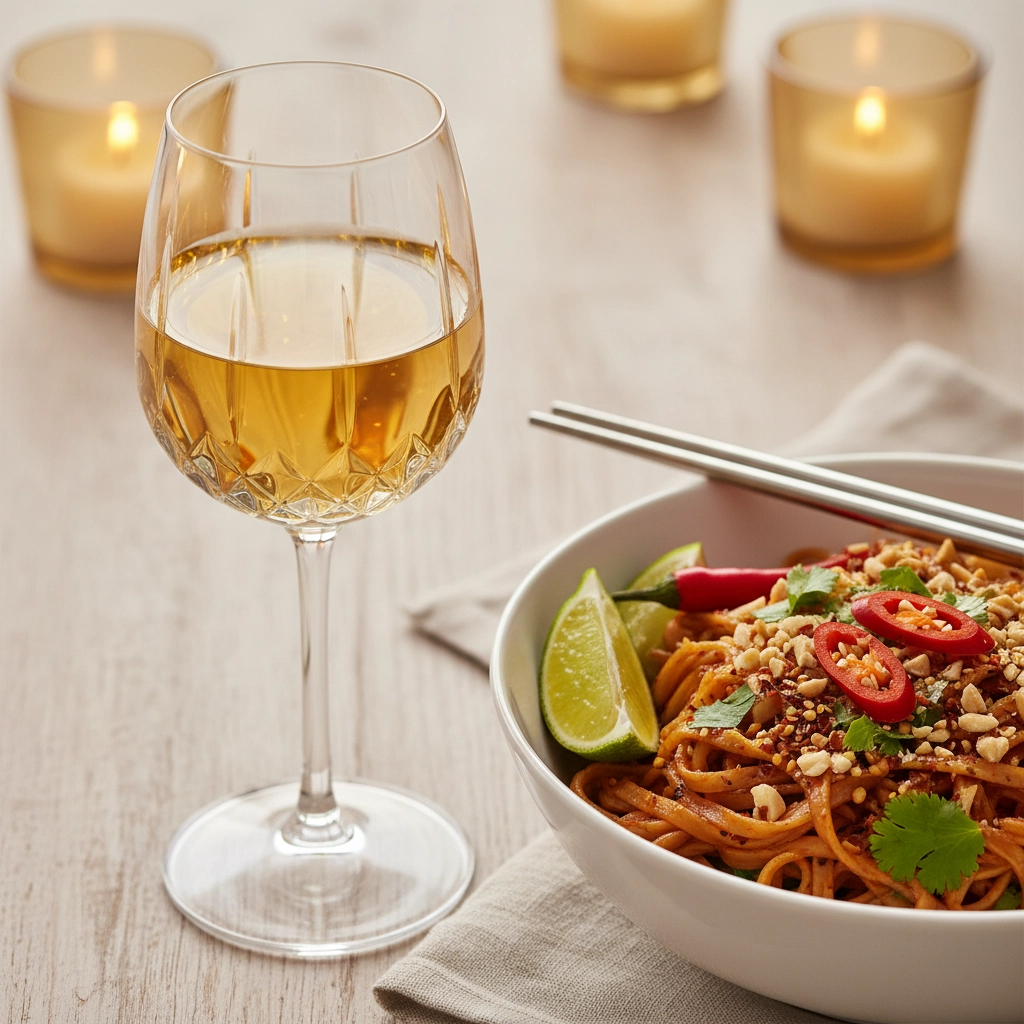
Wine sweetness represents just one piece of the complex puzzle that makes each bottle unique. By understanding how sugar works alongside acidity, alcohol, and tannins, you develop a more sophisticated appreciation for the winemaker’s craft and your own palate preferences.
The next time you taste a wine, take a moment to consider not just whether it’s sweet or dry, but how all these elements work together to create the complete sensory experience. That’s where the real magic of wine appreciation begins: and where your personal wine journey gets truly exciting.

